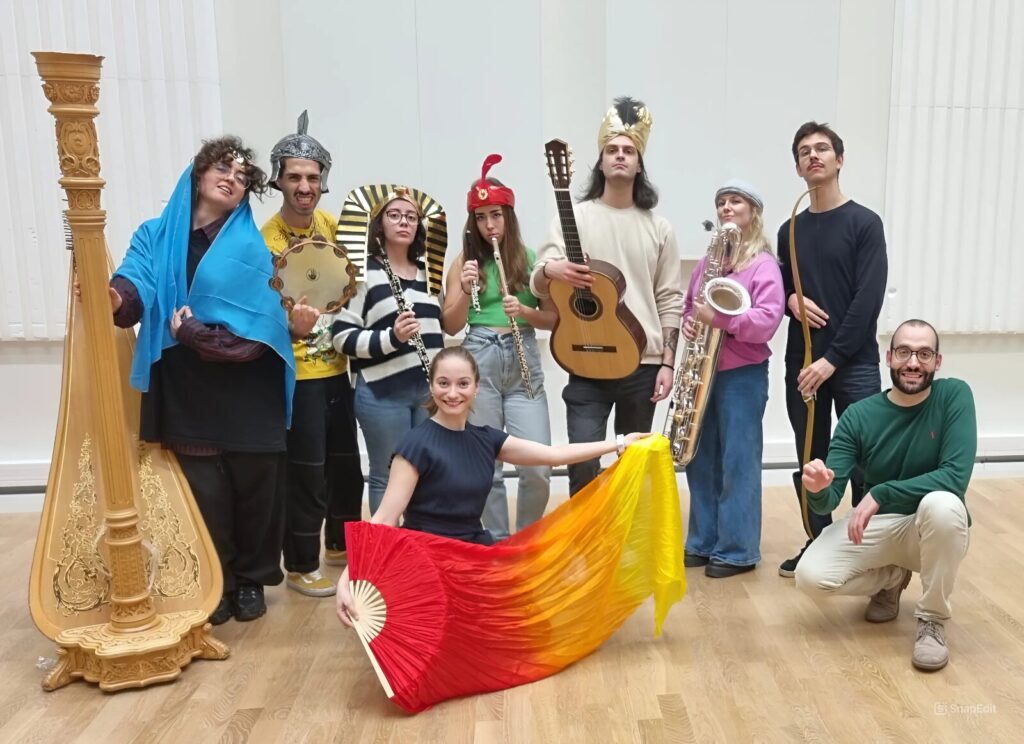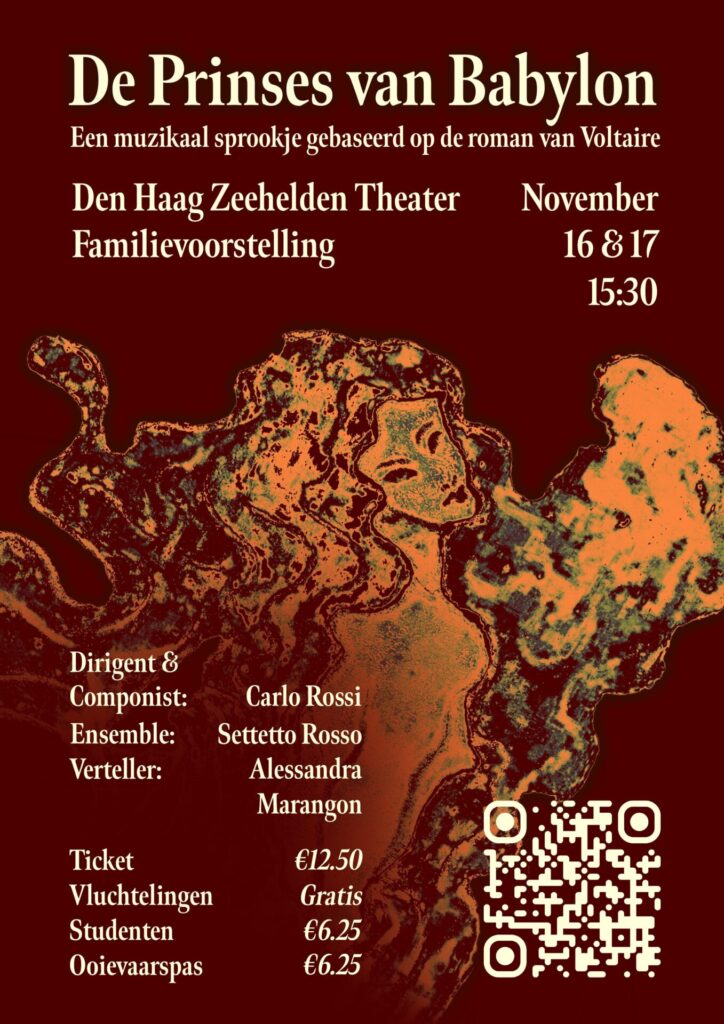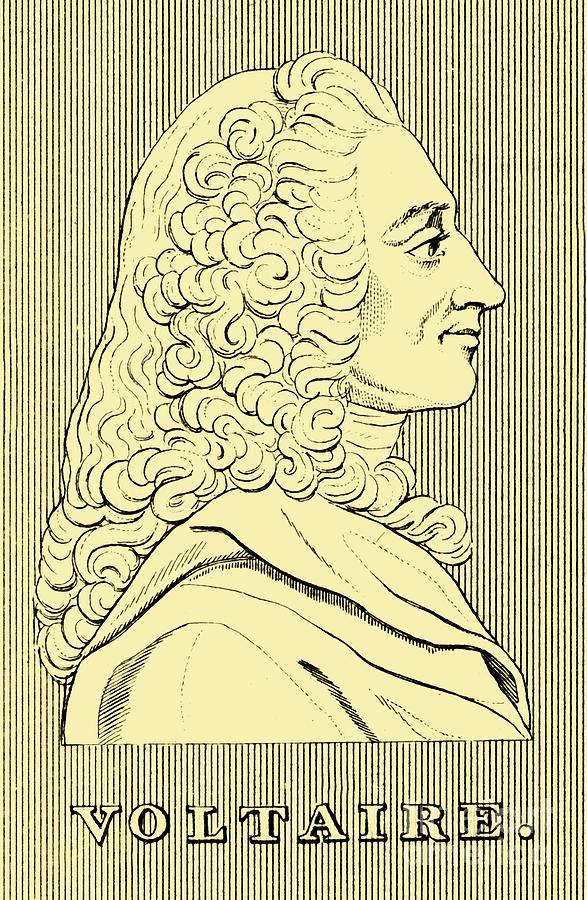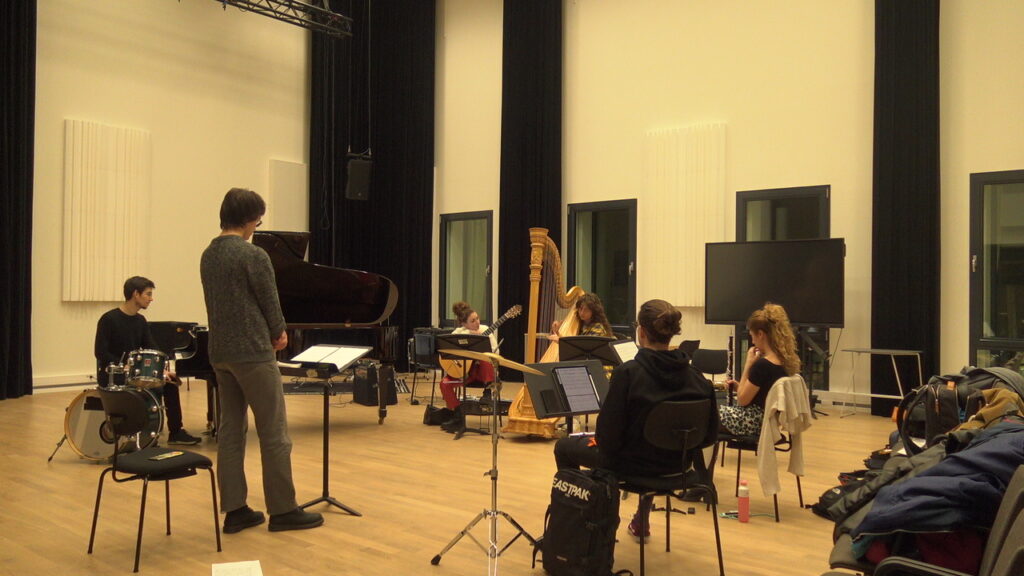The Princess of Babylon op.5
Introduction
The Princess of Babylon, freely based on the same story by French philosopher Voltaire, is a musical and literary voyage through current social issues such as female emancipation, integration, the reality faces by refugees whilst also showing their counterparts: the patriarchy, sexism, and classism.
The show is meant for family and kids ages eight and up.
The piece was composed by using the “Peter and the Wolf” model by Prokofiev: there is a narrator on the stage for telling the story, and every instrument represents a different character with a dedicated theme. In this way, the audience can familiarize with the classical instruments and their characteristics.
This musical fairytale also blends different music styles such as classical music, jazz, and traditional music.
The musicians will also have an active role on the story not only playing, but miming and acting. All sort of lighting effects will accompany them.
The plot
The story is about Formosante, the Princess of Babylon. She escaped from her father, King Belus, after he has made a tournament for founding the best royal husband for her, following the prophecy of the Oracle.
Therefore, two men will chase her. The first is Eldor, the King of Egypt, who is also the villain of the story. He is sent by King Belus to bring Formosante back in any way. He is a cruel and violent man, who only wants to marry Formosante for the Babylon’s throne.
The second is the hero, Amazan, an humble Gangaridian son of a shepherd. He is a righteous and generous man, who sincerely wants to meet and get to know Formosante.
During the chase, Princess Formosante will pass through some countries. She will get in touch with their culture, seeing bright and dark sides of them. She will go through an intense transformation path; from being a spoiled Princess, she will become an illegal immigrant, a pilgrim and even a prisoner.
At the end of the story, she will bring back all those experiences for ruling Babylon, with her true love. She will proclaim the beginning of a new society, with no more gender, race, or religion discrimination, and with a more equal justice and support for the development of arts and culture.
Settetto Rosso

The piece is played by the ensemble “Settetto Rosso”, made by:
- Alessandra Marangon – Narrator and singer
- Elisa Bartolomé Gómez – Flute and piccolo
- Mafalda Silva – Oboe
- Josie McClure – Baritone saxophone
- Armando Corona – Guitars
- Alba Franco Trancón – Harp and percussions
- André Teixeira – Piano, keyboard and percussions
- Miguel Varela – Percussions
- Carlo Rossi – Conductor
With the collaboration of:
- Marijn Brussel and Karolina Rusak – Poster
- Amanda Wolzak – Director
- Tristen Theunisz – Additional writer




